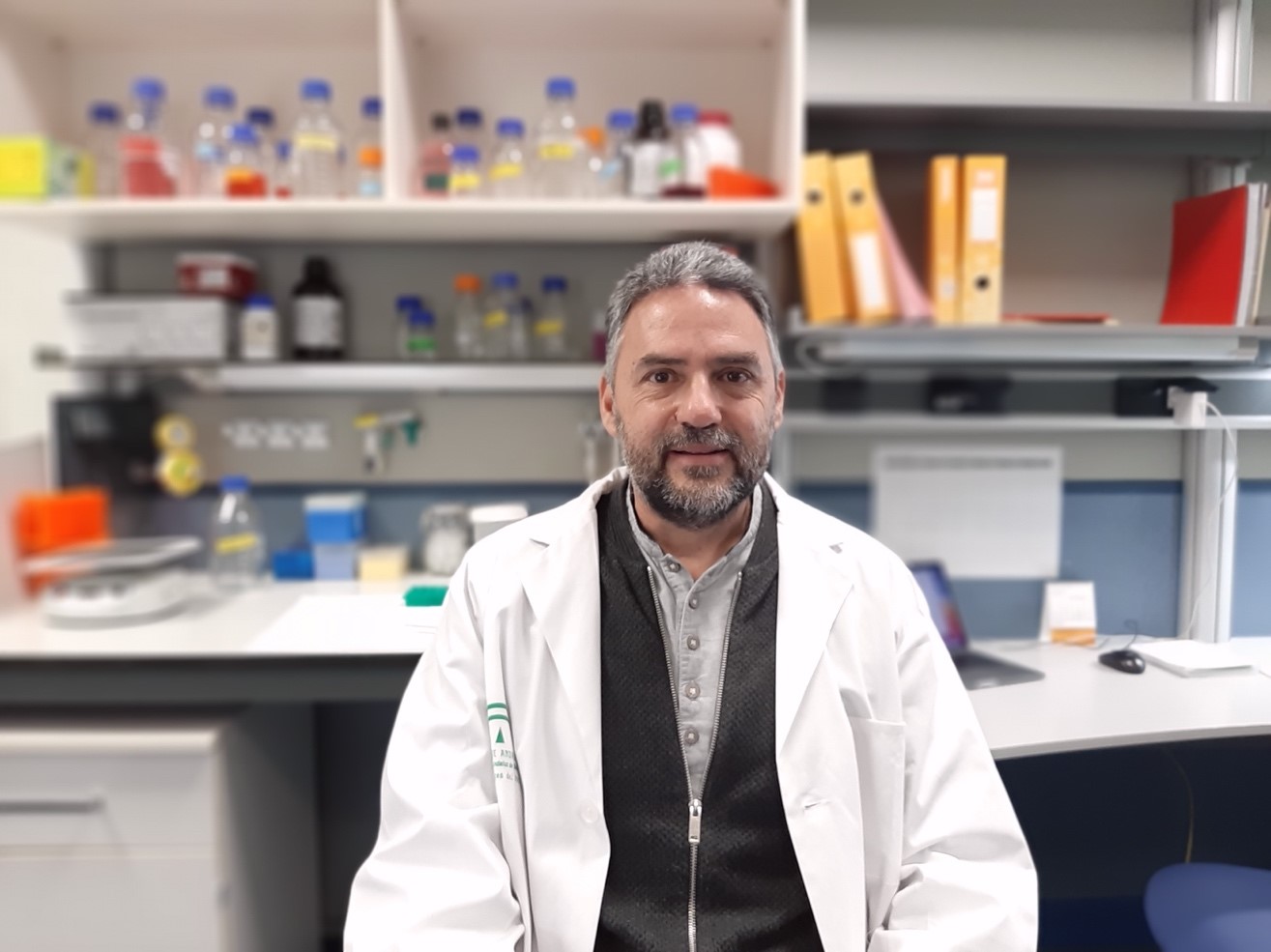INSTITUTE SEMINAR
Energetic trade-offs between brain cells
Speaker
Alberto Pascual Bravo
Date and time
January 19 2024 12.30
Lugar
Cajal Institute
Abstract
Brain function requires high energy supply but the brain cells do not store nutrients. How is fuel utilization organized in the brain and how is this organization altered by disease? We have recently shown that Alzheimer’s disease compromises blood flow and alters microglial activity, challenging their energetic requirements. We propose that chronic brain diseases that correlates with microglial activation can adapt brain metabolism to the energetic necessities of the innate immune cells, leading in the long-term to brain hypometabolism. To demonstrate our hypothesis, we have forced the energetic requirements of microglia by decreasing their mitochondrial activity.
Affiliation and short bio

Our laboratory has developed a new and independent line of research in Alzheimer’s disease (AD) and the hypoxia signaling pathway. AD is characterized by a pathognomonic early decrease in brain blood flow, the accumulation of Aß peptide in the wall of brain vessels (amyloid angiopathy), and high local inflammation surrounding senile plaques. These three circumstances lead to a decrease in oxygen concentration that could modify the progression of AD. We have shown that the human AD brain shows molecular markers of hypoxia. We have also shown that the accumulation of HIF1a produces microglia cell cycle arrest and worsens AD pathology in animal models of AD. We have identified PHD3, a HIF target gene, as another contributor to the AD neurodegeneration. Genetic deletion of PHD3 recovers cognitive and behavioral phenotypes of an AD mouse model and change the activation profile of microglia. We have also investigated the role of local hypoxia in the angiogenic processes taking place around Aß plaques. We have described a new structure associated with amyloid deposits that we have named vascular scars (VaS). Our current work is focus in understanding the energetic communication between brain cells and how this organization is altered by chronic diseases like AD.
Related publications with the topic
PMID: 37117599
PMID: 34035282
PMID: 36624276
PMID: 35177854
